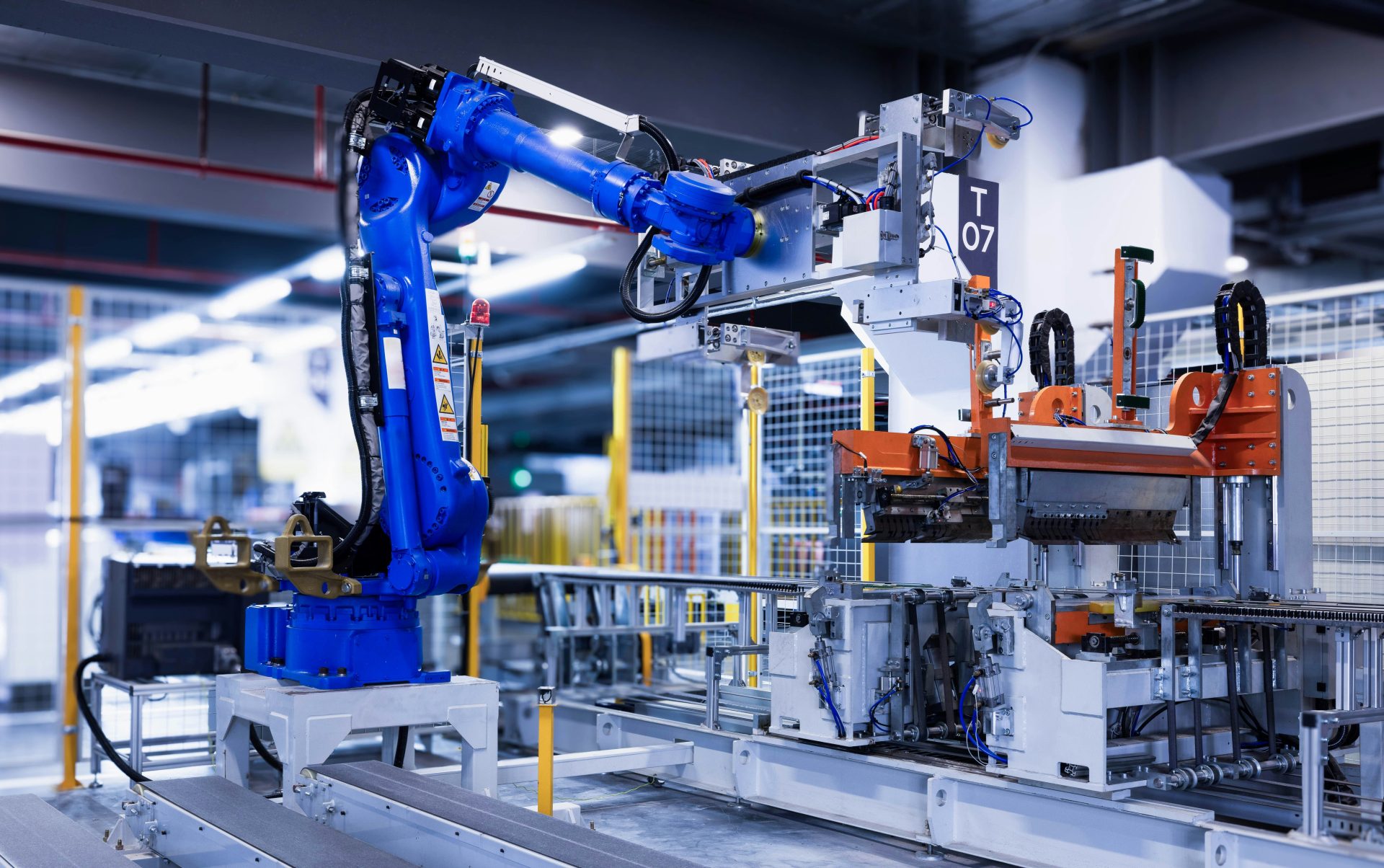Robots Rising: How China's Industrial Revolution 2.0 Is Rewriting the Global Manufacturing Playbook

The U.S. glass manufacturing industry is facing a significant challenge as China leverages cutting-edge automation and an aggressive export strategy to disrupt traditional market dynamics. With sophisticated robotic technologies and streamlined production processes, Chinese manufacturers have dramatically transformed the global glass production landscape.
By investing heavily in advanced manufacturing technologies, China has created a formidable competitive advantage. Their state-of-the-art automated production lines enable rapid, cost-effective glass manufacturing that undercuts traditional U.S. producers. This strategic approach has not only reduced production costs but also increased output efficiency to unprecedented levels.
The impact on American glass manufacturers has been profound. Many domestic companies are struggling to compete with the flood of low-cost, high-quality Chinese glass products entering the market. The combination of technological innovation and strategic export policies has positioned China as a dominant force in the global glass manufacturing sector.
U.S. manufacturers are now forced to reevaluate their production strategies, invest in advanced technologies, and seek innovative ways to remain competitive in an increasingly challenging global marketplace. The ongoing technological and economic battle highlights the critical importance of continuous innovation and adaptation in modern manufacturing.
